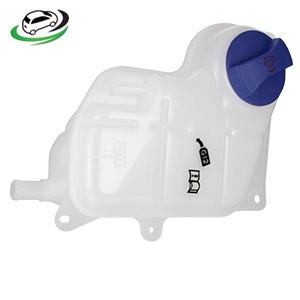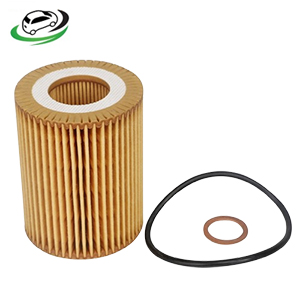-17%
Get Volkswagen AUDI Expansion Tank Cap 1J0121321B
The expansion tank cap, also known as the radiator cap or coolant reservoir cap, is a small yet essential component of a vehicle’s cooling system. Its primary function is to maintain the correct pressure and fluid level within the cooling system, which is crucial for efficient engine operation and preventing overheating. Here’s a deeper look into the function, importance, and signs of issues with an expansion tank cap:
Function of an Expansion Tank Cap:
-
1. Pressure Regulation:
- Maintaining System Pressure: The primary function of the expansion tank cap is to maintain a specified pressure level within the cooling system. This pressure is typically around 7 to 16 pounds per square inch (psi), depending on the vehicle’s design.
- Boiling Point Elevation: By increasing the pressure inside the cooling system, the expansion tank cap raises the boiling point of the coolant. This prevents the coolant from boiling and turning into vapor, which could cause overheating.
2. Coolant Overflow Management:
- Expansion and Contraction: As the engine heats up during operation, the coolant expands. The expansion tank (or overflow reservoir) allows this excess coolant to flow into it.
- Recovery of Coolant: When the engine cools down, the contraction of the coolant creates negative pressure. The expansion tank cap allows the coolant stored in the expansion tank to flow back into the radiator, ensuring that the radiator remains fully filled with coolant.
3. Prevention of Air Entry:
- Sealing Function: The expansion tank cap includes a secondary sealing mechanism, typically a rubber gasket or seal, that ensures the cooling system remains sealed.
- Air Exclusion: Keeping air out of the cooling system is crucial because air can disrupt the flow of coolant, hinder heat transfer, and lead to potential hot spots or overheating.
4. Safety Features:
- Pressure Relief Valve: Most expansion tank caps are equipped with a pressure relief valve. This valve opens if the pressure inside the cooling system exceeds the cap’s rated pressure, allowing excess coolant and pressure to escape.
- Preventing Damage: The pressure relief valve protects the cooling system components from damage due to excessive pressure buildup, such as radiator hoses bursting or coolant leaks.
5. Temperature Sensing and Control (Some Models):
- Thermostatic Cap: In some vehicles, especially those with more advanced cooling systems, the expansion tank cap may include a thermostatic valve.
- Additional Regulation: This valve helps regulate the flow of coolant between the radiator and the expansion tank based on coolant temperature, further optimizing cooling system efficiency.
Importance of a Properly Functioning Expansion Tank Cap:
- Cooling System Efficiency: Proper pressure regulation ensures that the coolant can absorb and dissipate heat effectively, maintaining engine temperature within optimal ranges.
- Prevention of Overheating: A malfunctioning or faulty cap can lead to coolant loss, improper pressure regulation, and ultimately, engine overheating.
- Component Longevity: Maintaining the correct pressure and fluid levels helps prevent premature wear on engine components, such as the water pump and radiator.
Signs of Issues with an Expansion Tank Cap:
- Coolant Leak:
- Visible coolant leaks around the expansion tank cap or reservoir can indicate a faulty seal or damaged cap.
- Check for coolant puddles under the vehicle or around the engine bay.
- Overheating Engine:
- If the expansion tank cap fails to maintain proper pressure, the engine may overheat due to insufficient cooling system efficiency.
- Monitor the engine temperature gauge for signs of overheating.
- Low Coolant Level:
- A properly functioning expansion tank cap helps maintain the coolant level within the system.
- If you notice frequent need to add coolant or consistently low levels in the expansion tank, it may indicate a leak or faulty cap.
- Radiator Hissing Sound:
- A hissing sound from the radiator cap area when the engine is hot or running may indicate that pressure is escaping from the cooling system.
- This could be due to a faulty cap not sealing properly.
- Check Engine Light:
- In some vehicles, a malfunctioning cooling system or expansion tank cap can trigger the check engine light.
- Use a diagnostic tool to check for related error codes if the light comes on.
Maintenance and Replacement:
- Regular Inspection: Check the condition of the expansion tank cap during routine maintenance, such as oil changes or coolant checks.
- Replacement Interval: Replace the expansion tank cap according to the manufacturer’s recommended maintenance schedule.
- Correct Fitment: Ensure the replacement cap meets the specifications (pressure rating and design) recommended for your vehicle.
Follow us on Facebook For more parts.



